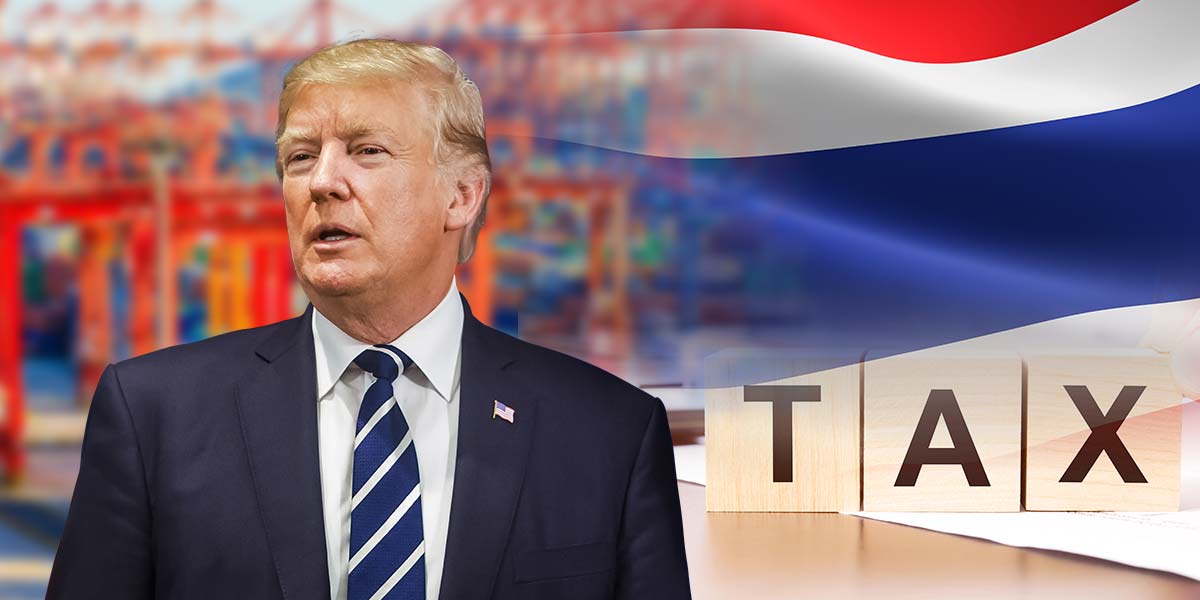Thailand could face a financial blow ranging from $7 billion to $8 billion due to potential U.S. tariffs intended to balance levies between the nations, as revealed by high-ranking officials on Wednesday.
According to Vuttikrai Leewiraphan, a leading figure in Thailand’s commerce ministry, Thai semiconductor exports might be subject to a 25% tariff imposed by the U.S., which reflects President Donald Trump’s potential policy shift regarding new trade restrictions.
Vuttikrai stated that Thailand’s tariff rates are about 11% higher than those in the U.S. in both agricultural and industrial sectors. Should the U.S. impose an additional 11% on the kingdom’s products, financial losses could range between $7 billion and $8 billion.
In an effort to sidestep these U.S. tariffs, Thailand aims to boost imports of corn, soybeans, crude oil, and ethane to diminish its trade surplus with the United States—exports being a crucial component of the country’s economy, the second largest in Southeast Asia. Data from the commerce ministry recorded a $35.4 billion trade surplus with the U.S. last year, contrasting with the $45.6 billion trade deficit reported by Washington.
Other countries in Asia such as Vietnam and India have cut their import duties of U.S. products to narrow trade gaps.
Sirilak Niyom, a foreign ministry official, indicated that Thailand is prepared for trade discussions, pointing out that Thai entities have invested $17 billion in the U.S. across sectors like food, real estate, and automotive parts, collectively employing 11,000 people.
The U.S. is the largest trade partner for Thailand in terms of electronics, machinery and agricultural products.
Nomura Holdings marks Thailand as the biggest loser in the region, based on its exposure to the two sectors that are most vulnerable to reciprocal tariffs: agriculture and transport.





